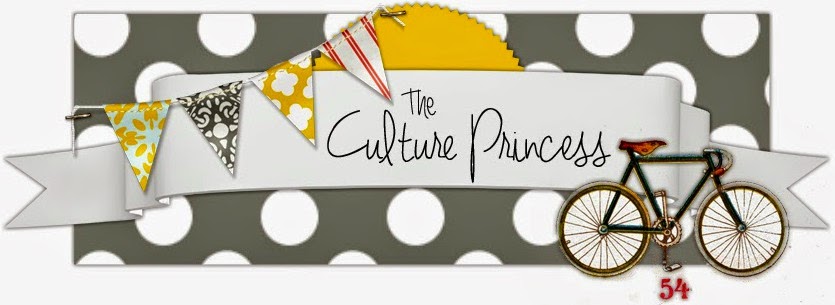When travelers set out for Asia in
search of an exotic experience, many plan to visit robustly colorful countries
such as India or China. As a tourist, you often don’t hope to see larger cities
like Bangkok, where modernization is the new norm and the history and culture
is fading away. At first glimpse, Bangkok is a messy, overexcited city with a
jumbled skyline, dotted with gleaming malls and large business structures.
However, at second glance one comes to realize that this sprawling Asian
metropolis isn’t just a city on overdrive, with its rainbow-colored cabs and
motorcycled taxis, but a haven full of fading historical charms.
My first day in Bangkok was one full
of modern stereotypes. On my way to the hotel, I sat in a taxi, wondering at
the maze of flyovers, flashy billboards and towering skyscrapers. Overhead, the
Skytrain, Bangkok’s rapid transit system, glided by on elevated tracks. The
noises of the city: beeping car horns, hasty pedestrians, eager voices of the
street side merchants, seemed to envelope me in an enchanting halo of wonder.
Day two in Bangkok revealed a whole
new side to the city. After a vast breakfast buffet at the hotel, I set out on
foot to explore. Early-morning Bangkok was quieter, sleepier, than its usual
hastiness. I strolled through the warren of streets and alleyways, a bustling
haven of cheap food and lodging for the great tide of European and American
budget travelers. I passed food stalls, the halo of condensed humidity
following me around, the motorcycled taxis locally called “tuktuks” buzzing by
on the streets. It was an endless maze of color and culture.
At last I reached my destination:
Chatuchak, a vast weekend flea market on the northern outskirts of the
city. I entered the huge, chaotic labyrinth of lanes, surrounded by the
hustle-bustle of local Thais and tourists out in search for, well, everything.
Thirty-five acres of shopping, over-spilling with produce, Chatuchak sold
everything from knockoff designer shirts to aromatherapy oils and reptiles. It
was full of enthusiastic shoppers, bargaining cheerfully and light-heartedly –
the gentle back and forth of price negotiation filling the air. There was an
atmosphere of pure chaos, but I was content and excited to purchase my first
Thai souvenir.
At lunchtime, after having finally
found my way out of the market, I stood out on the street with arms laden with
plastic bags, sweat dripping down my spine from the afternoon heat and my
stomach growling uncomfortably. Across the street, I could see the unusually
tidy food stalls of the Or Tor Kor market. I caught the kind eyes of a food
stall owner, pouring curry into Styrofoam bowls for the American tourists
beside her. The smells of the food drifted across the street towards me, past
the smelly engine fumes. I crossed the road eagerly, and made my way over to
the food stall lady. Out of the colorful array of Thai food she offered, I
eventually decided on a typical Thai classic: Som Tham (green papaya salad)
with sticky rice and fried chicken. I paid 50 baht for it, a price you would
pay for a bottle of water in my home country. Unfortunately, my mouth is not
made out of steel, and I found myself frantically shoveling in mouthfuls of
rice to get rid of the extreme spiciness. Nevertheless, the food was heavenly,
and I made my way back to my hotel, content and stuffed to the brim.
My stay was over, despite the fact
that I had not seen all of Bangkok’s wooden shop houses and stunning temples,
but the two limited sides of Thailand that I had seen had impressed me beyond
my wildest dreams. As a traveler, you often fail to realize the perfect balance
of culture, history and modernization that Bangkok brings to this world,
but I was able to see past the city where the old is so often torn down to make
way for the new – and caught a glimpse of those faded charms that have remained
all these years. Bangkok is exotic and colorful, and I believe the rest of the
world has yet to discover it.




No comments:
Post a Comment